Is this the supermarket of the future?
SOON your trip to the supermarket could be very different. More than a million people have already seen what’s coming.
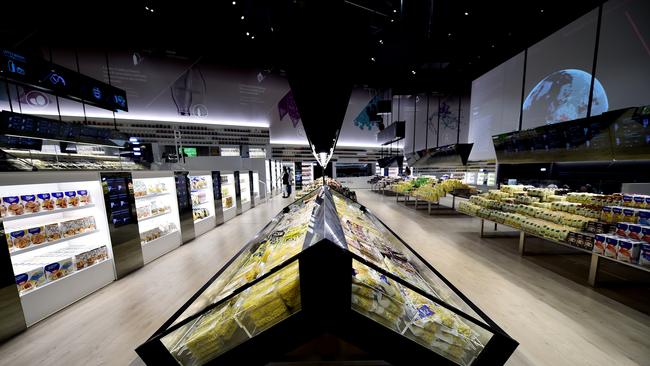
IN THE future, a trip to the supermarket may involve sipping on a flat white whipped up by a robot as you ponder over the carbon footprint of your Granny Smith.
Gone will be aisles with shelves stacked to the roof, replaced with traditional market-style tables full of products which are automatically restocked from underneath.
Overhead, display screens will bombard shoppers with information — everything from health and nutritional information to detailed origin and supply chain records.
Every product has a story to tell.
Point to an apple to find out which tree it grew on, the CO2 it produced and the chemical treatments it received. Touch a bottle of wine to take a virtual tour of the vineyard, or a packet of coffee to see its journey from South America.
This vision of the supermarket of the future, dreamt up by renowned architect and designer Carlo Ratti, became a reality last year at the Expo Milan.
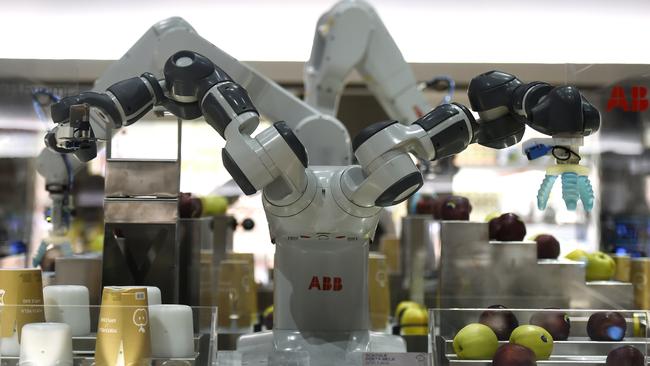
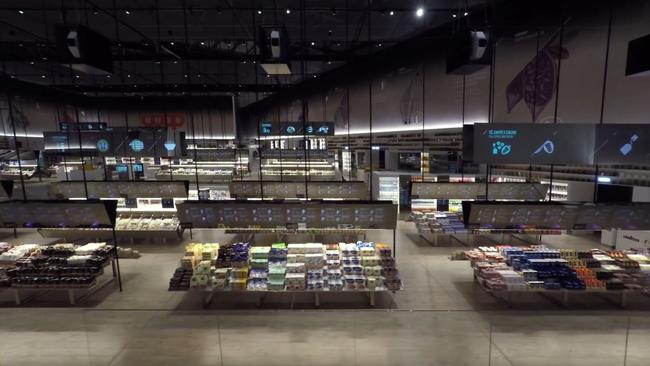
The MIT professor, who spoke at the Australian Food and Grocery Council forum in Brisbane on Wednesday, said the project was a success not only as an experiment but commercially as well.
“Today we have a lot of information about products available — when you buy a bottle of wine, you can find out everything about the vineyard, where it was made — but it’s not accessible in the supermarket,” Mr Ratti told news.com.au.
“Our experiment was about, how can you develop new interfaces to bring that information to consumers when they shop, to bring about more informed consumption patterns? It was a big success.”
Created in partnership with Italian retailer Coop along with Microsoft, Intel, Accenture, Avanade and ABB, which made the YuMi dual-arm robots, the supermarket showed one possible future scenario where technology may help reconnect shoppers with the supply chain to enable more ethical consumption.
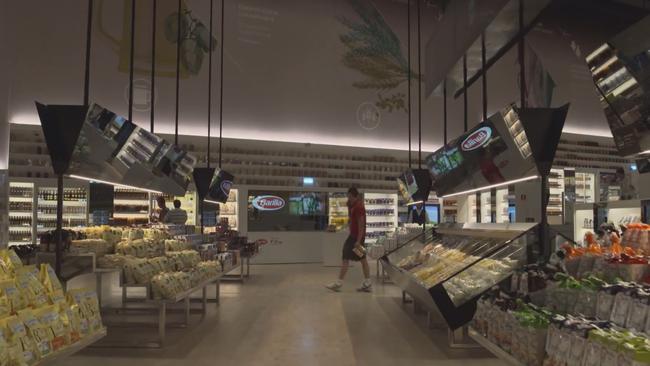

“The first goal was, how can we give more information to consumers about the products? To do that we put all the products on tables,” Mr Ratti said.
“Tables are a very social interface, we’ve been using them for thousands of years to sell things, showcase things. By having a warehouse underneath we could use robots to automatically restock the tables.”
Speaking to Dezeen last year, project leader Andrea Galanti said the aim was to create a seamless augmented reality without the “cumbersome interface” the likes of Google Glass.
“In a way, it is like a return to the old marketplace, where producers and consumers of food saw each other and had actual interactions,” he said.
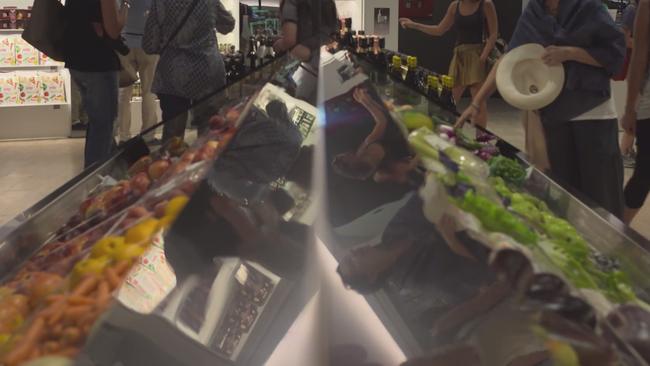
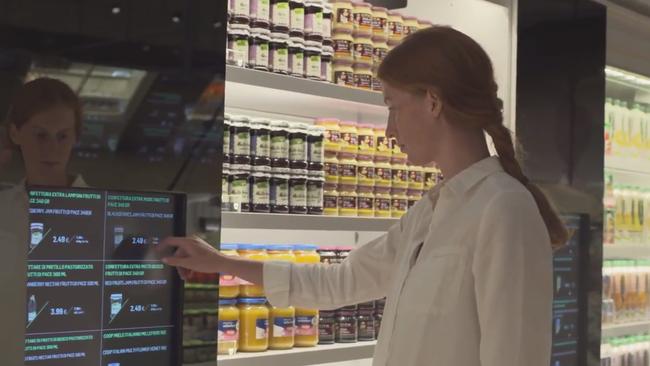
More than one million visitors wandered through the hi-tech supermarket over the course of the Expo, and according to Mr Ratti, Coop’s sales “vastly exceeded” their estimates.
Whether or not the extra information changes shopping habits is unclear, however. “It’s a very good question, and unfortunately we did not have any baseline data [to compare it with],” Mr Ratti said.
“But just from an anecdotal point of view, Coop told us they were very excited by the new shopping patterns and how people played with the products and interacted in different ways.”
Mr Ratti said his firm is currently working with a number of supermarket chains including Coop, Eataly and Target in the US to bring some of the learnings from the Expo into the real world.
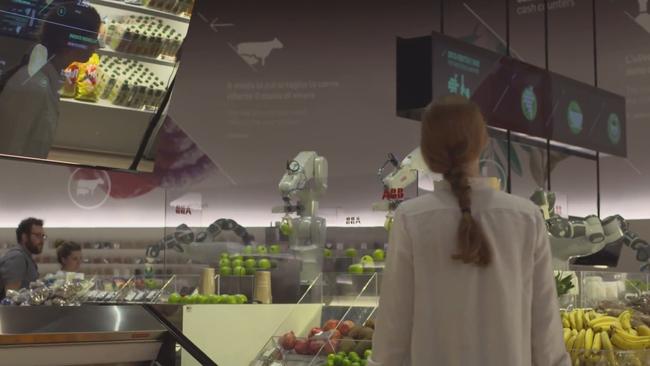
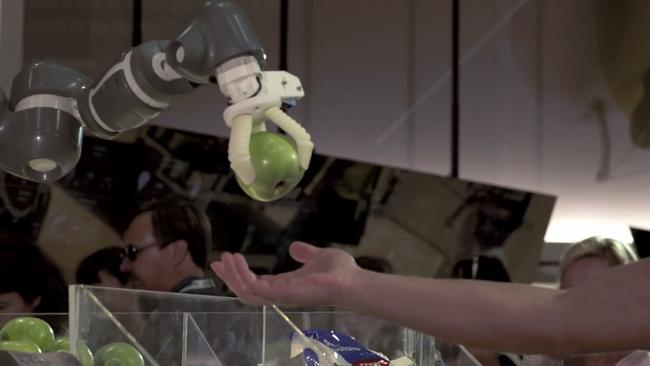
But before you get too excited, Mr Ratti isn’t predicting Coles and Woolworths will rush out to overhaul their supermarkets with robot shelf-stackers any time soon — it’s hard to build an entire warehouse underneath an existing supermarket, after all.
What you will see, he believes, is a future where the “boring stuff” like toilet paper shifts towards online shopping and delivery services like Amazon, while traditional retailers focus more on “experience” based items.
“What we’re seeing more and more is mobility in shopping — we have more options,” he said.
“Some things will come to us magically, automatically, the boring stuff that can be delivered to you regularly. [Shopping] will be all about those things you can experience, and food is a part of that. We want to enjoy food and the pleasure of cooking together, enjoy discovering new recipes.”




